Autonomous Vehicles Will Require Cities to Change Their Transportation Methods
【Summary】With self-driving cars set to take the boredom and hassle out of getting around, transportation methods will take a backseat to traveling around in driverless vehicles, making it the perfect time for cities to change how transportation is handled.

While public transport has improved in recent times, there's still a lot that's left to be desired. As a Northern Virginia native, I was accustomed to using the metro to get around Virginia, Maryland, and Washington D.C., which is something that's glaringly missing from Detroit, my current place of residence. But even I could see the issues with using metro to get around.
Is Public Transport Really That Bad?
During peak times, riders are shoveled into the trains like sardines, making travel an absolute nightmare. While trains are usually on time, there were instances where they weren't. And you don't get to choose who you ride with, which results in some unenjoyable moments.
The majority of individuals living in cities are used to these downsides, though, and continue to use public transportation as it's currently easier than driving a vehicle into the city. Autonomous vehicles, though, are set to change that.
In a Tweet last December, Elon Musk got into some controversy with members of the mass transit community by stating that "public transportation sucks." While Musk's Tweet was a little blunt, Tesla's CEO has a point. And when one considers autonomous vehicles, public transport doesn't stand a chance of existing in the future.

Ways Public Transportation Can Improve In An Autonomous Future
In a lengthy article, Tech Crunch laid out some of its ideas on how public transportation can stay relevant in an autonomous future. The goal, as the outlet claims, for transportation is to focus on having good user experiences.
According to the outlet, three parallel areas of development – data in regard to resources and demand, autonomous vehicle systems, and electric powertrains – have recently come to light that can help cities and communities transform the way individuals live in urban areas. These new areas of development may not lead to better changes, though.
The outlet claims that urban locations suffer from prominent user experience issues when it comes to cities and if the areas don't change how transportation is handled, more serious issues may arise. While those in autonomous vehicles will be able to tune out everything that's going on in the cities, individuals living in the locations could end up with having to deal with more traffic jams, more congested cities, and more inhospitable areas.
More Driverless Vehicles Means More Cars On The Road
That may come as a surprise to some people, as autonomous vehicles are expected to drastically help cities reduce traffic coming in and out of urban areas, but that might not be the case. As Tech Crunch points out, the latest issue surrounding autonomous vehicles is referred to as VMT (Vehicle Miles Traveled). The theory surrounding driverless vehicles and VMT is relatively easy to understand: autonomous vehicles will be used more than regular cars since they're more efficient. According to the outlet, the majority of vehicles today are parked 90 percent of the time and travel approximately 10,000 miles a year – that's something that won't happen with self-driving machines.
Autonomous vehicles that are affordable to use could result in a seesaw reaction where people own less vehicles, but take more trips, claims Tech Crunch. Autonomous vehicles may result in fewer vehicles, but it could result in more trips to cities and more cars operating in urban areas. What this will lead to, claims the outlet, is lower user experience for individuals not in autonomous vehicles and more traffic, which could lead to unhappy riders.
Four Things Cities Need To Focus On To Improve Public Transport
The best solution for easing traffic in urban areas is a combination that involves four arms that heavily rely on public transportation that's better than what it currently is. The first area, claims Tech Crunch, is smart mass transit. This type of transportation would see a large group of people being moved from one part of town to another. Mass transit, like train systems, already exists. But Tech Crunch believes that strides in communication, smart automation, and transit status could result in a more effective system.
With proper funding, mass transit could make a comeback as one of the better, more reliable methods of transportation. Unfortunately, individuals won't be able to control who they ride with, but new technology means that trips will be shorter than ever.
The second focal point should be on small vehicles that solely focus on providing trips over short distances, claims Tech Crunch. Bike share programs have become extremely popular in cities and should increase in popularity over time. Giving individuals access to rent electric bicycles and other small machines will help decrease congestion in cities.
The small machines will also aid in human interaction, which in return will end with community building, states Tech Crunch. Getting humans to get out of their cars and onto vessels that allows them to interact with others on the street, will help break down a long-held barrier that many share, which has them leading to using other modes of transportation less than automobiles.
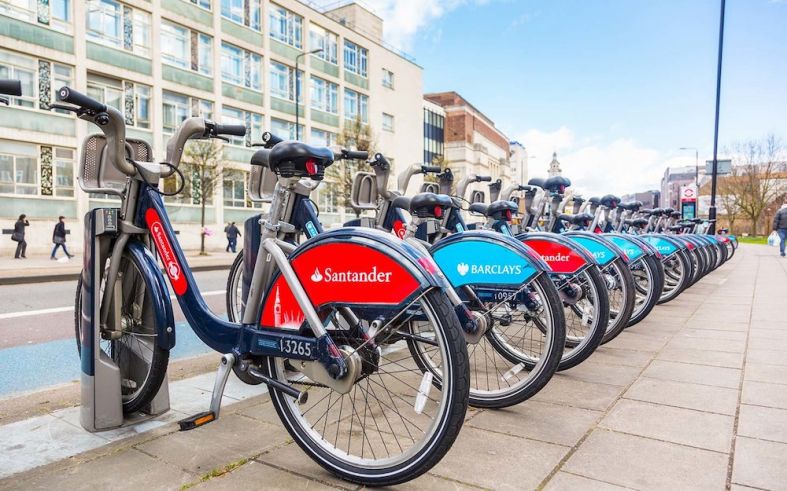
The next aspect involves bringing resources to communities in an attempt to reduce the need for people to travel. Some communities provide individuals with better access to places. When I lived in Northern Virginia, for example, everything was a walk away. Whether it was groceries, a cup of coffee, or the gym, I could walk to it. Unfortunately, that's not the case for my current place of residence on the outskirts of Detroit where every trip requires a car.
The idea behind bringing resources to people is quite simple – implement more small markets, food trucks, and other knickknacks on a regular basis (say weekly) to reduce the need for people to drive to a location. As Tech Crunch puts it, by studying demand and utilizing autonomous technology, communities can bring resources to people and cut down on the number of vehicles on the road.
Lastly, autonomous vehicles should be seen as a way to fill in the gaps and not as a primary method of transportation, claims Tech Crunch. When considering all of the things that cars, even autonomous ones, will need, it starts to add up. Maintenance, space for storage, and curb access all add up. The outlet claims that one third of cities are dedicated to automobiles and points towards Los Angeles, which has 200 square miles of open space that's used as parking for vehicles.
Instead of having useable space for cars, communities and cities could repurpose the locations in a way that's beneficial for people. The focus may be on how autonomous vehicles will make traveling better, but that could change for the worse as self-driving cars can also make travel a lot worse for everyone. If cities and communities aren't careful, their roads will switch from being dominated by human-operated vehicles to self-driving ones, which isn't exactly a good thing.
via: Tech Crunch
-

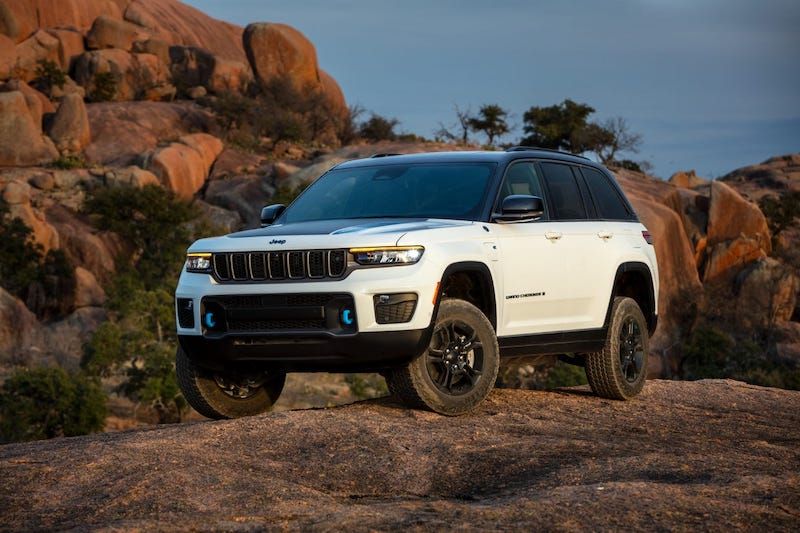
2023 Jeep Grand Cherokee Trailhawk Now PHEV Only
-

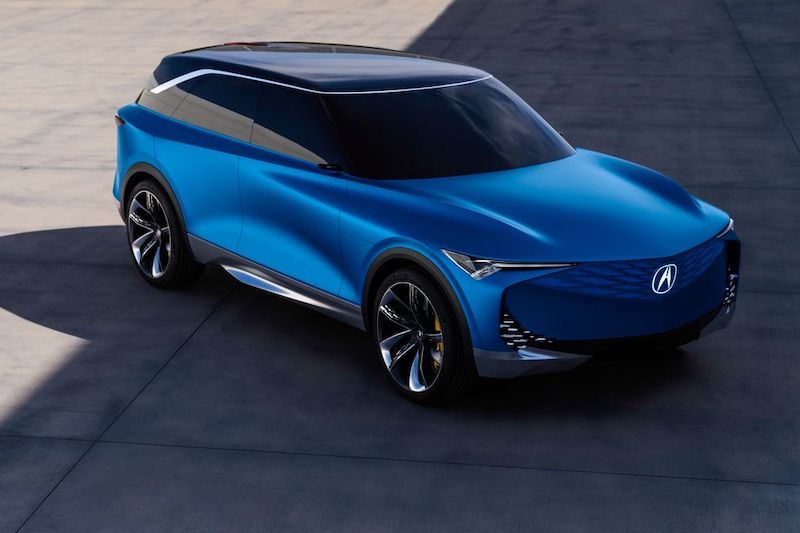
Acura Prevision EV Concept Previews Brand’s Electric Future
-


Hyundai Gets Serious About Electric Performance Cars, Shows off Two Concepts
-


Ford Looks to Have 100% of EV Sales Be Online
-

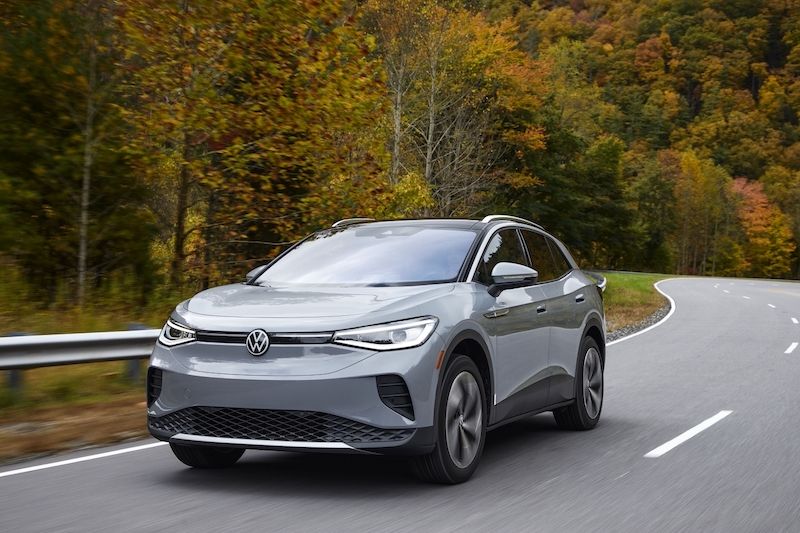
Volkswagen CEO Believes It Will Overtake Tesla in EV Sales by 2025
-

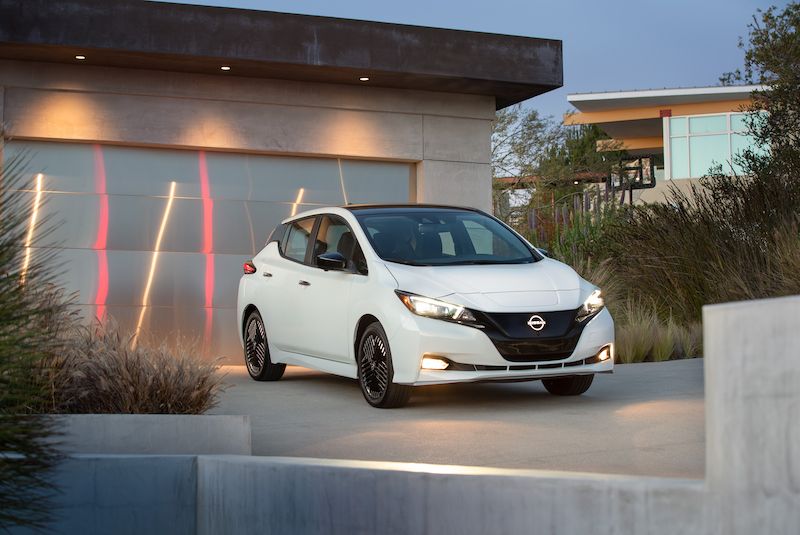
Report Claims Nissan Leaf Will Be Discontinued by 2025
-


Rivian, Mercedes-Benz Partner to Produce Electric Commercial Vans
-

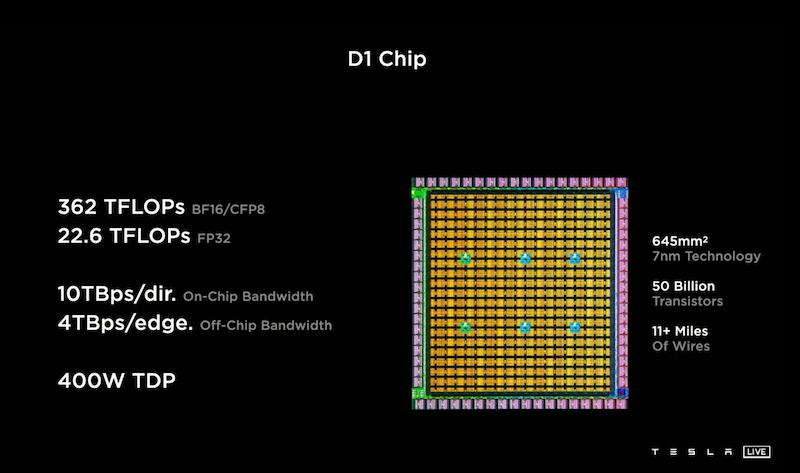
Tesla Believes Its Dojo AI System Will Help It Win the Self-Driving Car Race
- BorgWarner Invests $500 Million in Wolfspeed Inc, a Developer of Semiconductors and Silicon Carbide Devices for Electric Vehicles
- Toyota and Stellantis to Partner on a Large Commercial Van for the European Market, Including an All-Electric Version
- Tesla Rival NIO Plans to Produce its Own EV Battery Packs to Improve Profitability
- Porsche Looking to Boost its Profits as its Prepares for a 2022 IPO That Could Value the Company as High as $81.4 Billion
- The Affordable New Smart Brand Electric Crossover Designed by Mercedes-Benz Officially Launches in China
- Waymo Reveals its New Robotaxi Built by New Premium Electric Vehicle Brand Zeekr
- Volkswagen Breaks Ground on the First of Six European Battery Cell Factories as Part of a $20 Billion Investment
- Toyota’s New ‘Intelligent Assistant’ Learns Voice Commands and Gets Smarter Over Time Using Machine Learning
- Honda's New EV Friendly Retail Plans Hint at the End of Mega Dealerships
- The Polestar 5 Sedan Will Have Dual Electric Motors With 884 HP











 About Us
About Us Contact Us
Contact Us Careers
Careers